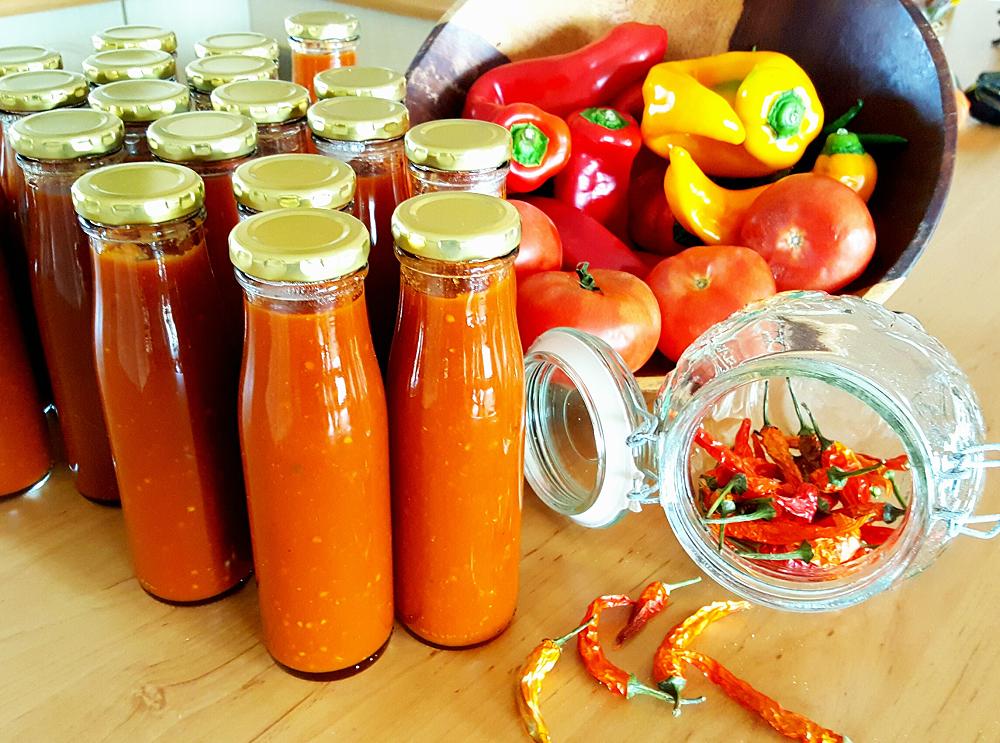
How hot are chilli sauces?
A modern method has been developed to test a company's hot sauces.
Chilli peppers (genus Capsicum) are one of the most popular spices with about one in four people world-wide eating chilli daily. The “burn” of hot peppers, is primarily due to two compounds: capsaicin and dihydrocapsaicin. The concentration of these compounds varies with plant species. The Scoville Scale, named for its 1912 inventor, measures chilli pepper heat by homogenising a sample and then diluting it until testers can no longer taste the chilli sensation. The score representing the level of dilution ranges from 0 for bell peppers to 2,200,000 Scoville Heat Units for the hottest peppers, the Carolina Reaper.
The capsaicinoid concentration can be directly measured using ultra performance liquid chromatography (UPLC). These results are then converted to SHUs. Barbara Dolamore, a lecturer at Ara in Laboratory Technology, has developed a robust method to measure capsainoids from chilli sauces. The sauce was vigorously pureed using an Ultra-Turrax Disperser set to 24,000 rpm. A 10g or 15g sample was transferred to a cellulose thimble in a Soxhlet apparatus. Capsaicinoids were extracted by refluxing for six hours in hot methanol. Filtered extract was then assayed using UPLC, separating out the capsaicinoids in the results and the quantity of each in the sauce. The hottest sauce tested contained 1.50 mg/g capsaicin and 0.60mg/g dihydrocapsaicin. A formula converts this to 32,000 SHUs which is classed as highly pungent (compared with Tabasco sauce at 3500 SHUs).
The research was undertaken for a boutique Christchurch company that produces hot sauces. The results will be used to ensure ongoing product consistency. Ākonga (learner) James Kantor was involved in method development and visited the company to see production methods. The company owner contributed to the research costs and wishes to continue the relationship with Ara Institute of Canterbury, providing ongoing projects for students. Barbara has since further simplified the analysis to do more samples and for less cost in one run, without sacrificing the accuracy, and chilli growers are interested in getting assays done to help with cultivar selection.
